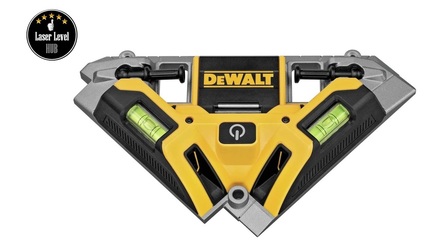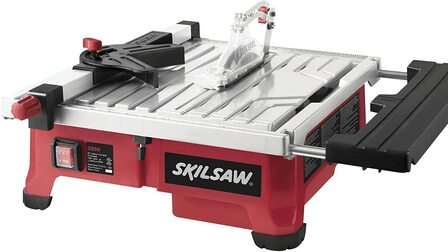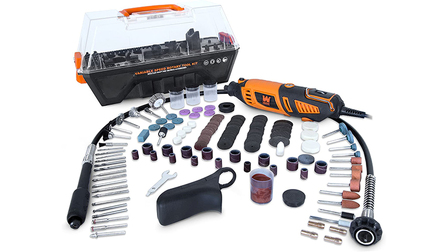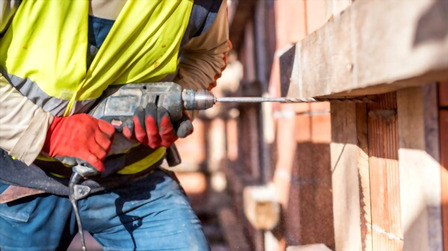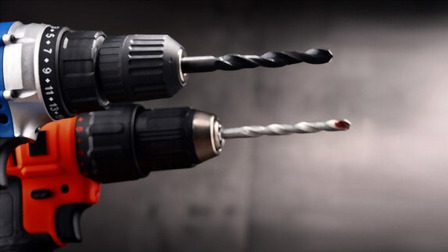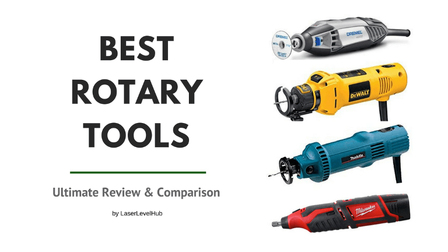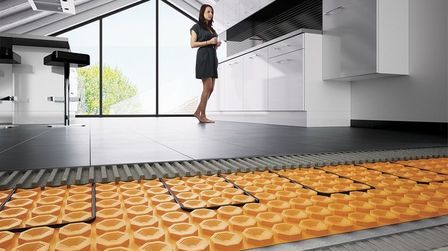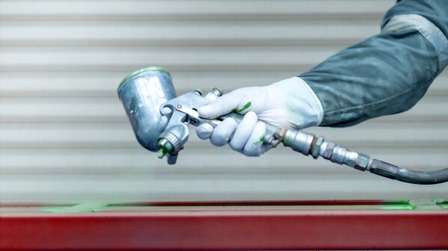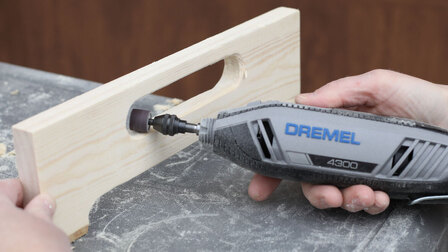Ever stuck in the middle of a DIY construction project because you couldn’t drill a hole on a stubborn stone tile?
Well, we have too. But thanks to power technology, there are plenty of solutions now. Solutions that can fasten up your projects by up to 3x.
Yes, we are talking about hammer drills that have the power to drill through concrete, bricks, and stones.
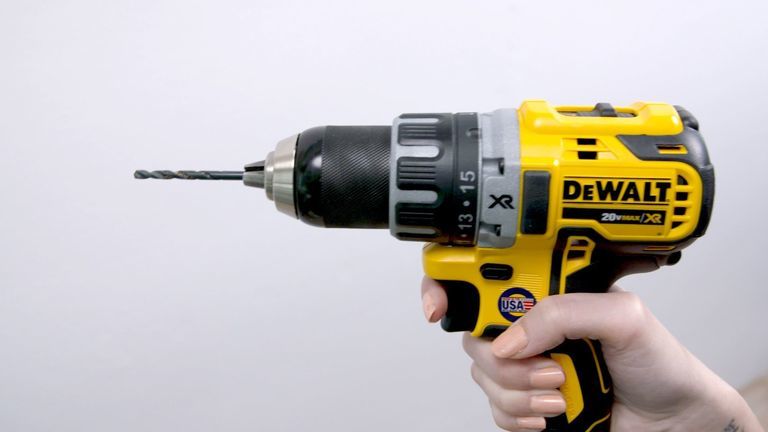
And today we are going to help you consider one.
If you are new to power tools like impact and hammer drills, then this guide is for you. We’ll take you through the basics of the tool first, followed by its different types and forms that are available for purchase in the retail market today.
Finally, we present a quick buying guide that will answer some of the most common questions that will prepare you for your buying exercise. Here we go!
Hammer Drill Basics
Answers to two of the most important questions you need to know before you invest in a hammer drill:
What is a Hammer Drill?
It is a powerful tool that employs a hammering motion to improve its rotary drill function. Think of it like a general-purpose hand drill that doubles up as a hammer while you are drilling.

It has a built-in impact mechanism that hammers the drill bit simultaneously to achieve higher momentum so that the bit can pierce into the surface more smoothly.
The back-and-forth motion pulverizes the surface. This makes the hammer drill bigger, heavier, and louder.
A hammer drill is, therefore, used to drill through hard materials like rocks and concrete where other power drills usually break their knees.
What is a Hammer Drill Used for?
It is used to drill holes through hard materials like rocks, stone, concrete, hard bricks, mortar, and other porous materials that require more strength to produce a cavity.

The idea is to pound on the surface of these materials so as to easily drill a hole on them.
One of the alternate hammer drills uses is like a mallet due to their percussive action.
You will need a hammer drill in your power tool kitty (along with other essentials) if you frequently work on projects that involve drilling through these aforementioned materials.
For example, we would totally recommend it to a part-time construction specialist who works with drywall, concrete, and stone tiles every day.
Hammer drills are a tad expensive, so make sure you know its full worth – in terms of purpose, operating principle, and weight.
In any case, you should NOT use it for driving screws unless your model comes with a switch that converts a hammer drill into a general-purpose one. (Note: An impact driver is generally used to fasten screws because of their advanced rotational drive.)
Types of Hammer Power Drills
Hammer drills are extremely popular in the power tool industry and are manufactured by almost all active brands. This has also given rise to different types and models, the most common of which are listed below.
General Purpose Drill with Hammer Setting
This is the model that we just talked about at the end of the previous section.
A general-purpose hand drill is equipped with a hammer setting so that you do not have to carry around two different tools.
Go for this one if this is your first power drill. They are available in both corded and cordless form, with the latter being preferred by technicians.

Dedicated Hammer Drill
This type does what it says: dedicated hammer drilling with no strings attached. This is the “classic” version of the drill that needs to be in your toolbox if you work with a lot of masonry drilling in your projects.
Corded or Cordless Hammer Drill
A corded hammer drill is the most common type used in the industry due to its high power and RPM capabilities.
The cordless version is suitable for those who work in areas where power supply may not be available.

For example, if you are a field technician who often visits client sites for engineering work, we recommend getting a cordless hammer drill with an extra pair of batteries. You never know when you end up in a place where there’s a limited power supply.
Although a battery-operated hammer drill is smaller in size they tend to be more expensive than their corded counterparts.
It should come down to more on preference than on features when you decide which one to get.
Features of a Hammer Drill
The single biggest USP of an electric hammer drill is that it allows you to drill through hard materials without straining yourself or the tool. This is not usually the case when you use a basic power drill.
However, it has a few more kinks that will interest the geek in you. Find out here!
A-List of Top Features
- Power Supply – Corded drills give you more power to work with while cordless ones are versatile, extremely portable, and popular among DIYers. Also consider the power rating (in amps) to see if your favorite model has in it to break through rocks. Average range: 7 to 12 amps
- Speed – Measured in rotations per minute (RPM) and beats per minute (BPM) (hammering motion), the higher the better
- Safety – Extra handles, grip, chuck design (to avoid bit flying off in the middle of drilling) and ergonomic built.
Some Extra Features
- Ability to switch between regular drilling and hammer drilling
- High RPM and amperage for powerful drilling
- 360-degree handling
- Side handle for extra grip
- LED lighting for visibility in dark environments
- Keyed (recommended) and keyless chucks
- Depth gauge if you need to drill several holes of the same depth in a short span of time

Apart from these general, must-have features, certain manufacturers add unique features to make their hammer drill models more effective and useful. You can find out about these in our guide for the hammer drills.
Identifying a Hammer Drill from Other Tools
Now that you have a basic idea of what a hammer drill can do for you, it is time to understand its fine, distinguishing factors.
Here we compare it with an impact driver and a rotary hammer.
Impact Driver vs. Hammer Drill
You already know what all a hammer drill can do for you.
An impact driver, on the other hand, is meant specifically to fasten screws that are long enough to break if you use a regular drill or a hammer.
A hammer drill should not be confused with an impact driver.
The biggest difference between them is this: a hammer drill has a hammering motion (that moves the drill bit up and down) whereas an impact driver uses rotational force to get the desired output.

For example, consider a job where you have to drive a two-inch screw into a wooden rod.
If you use a hammer, there is a high chance that the slender screw will bend rendering it useless.
Now imagine a power tool that combines the quality of a screwdriver, a wrench attached perpendicular to the driver’s tail end, and a hammer that hits the wrench continuously with a time gap. An impact drill essentially acts like this to quickly fasten the screw without bending it.
They also have more differentiating features in how they look, weigh, and operate.
Impact drivers are stubbier and lighter than hammer drills. The former lacks an adjustable clutch which makes up with considerably less torque.
This is why an impact driver is not preferred for heavy-duty tasks despite it being eligible as a general-purpose drill.
In conclusion, both the drills vary in a lot of factors including size, cost, and operation. While both have slightly varied applications, you should consider a hammer drill if you frequently take up masonry projects.
Rotary Hammer vs. Hammer Drill
The chief difference between a rotary hammer and a hammer drill is their mechanism.
While the former uses air pressure and a piston to create the hammering motion, the latter makes use of two ridged discs for the purpose. This has widely different outputs.
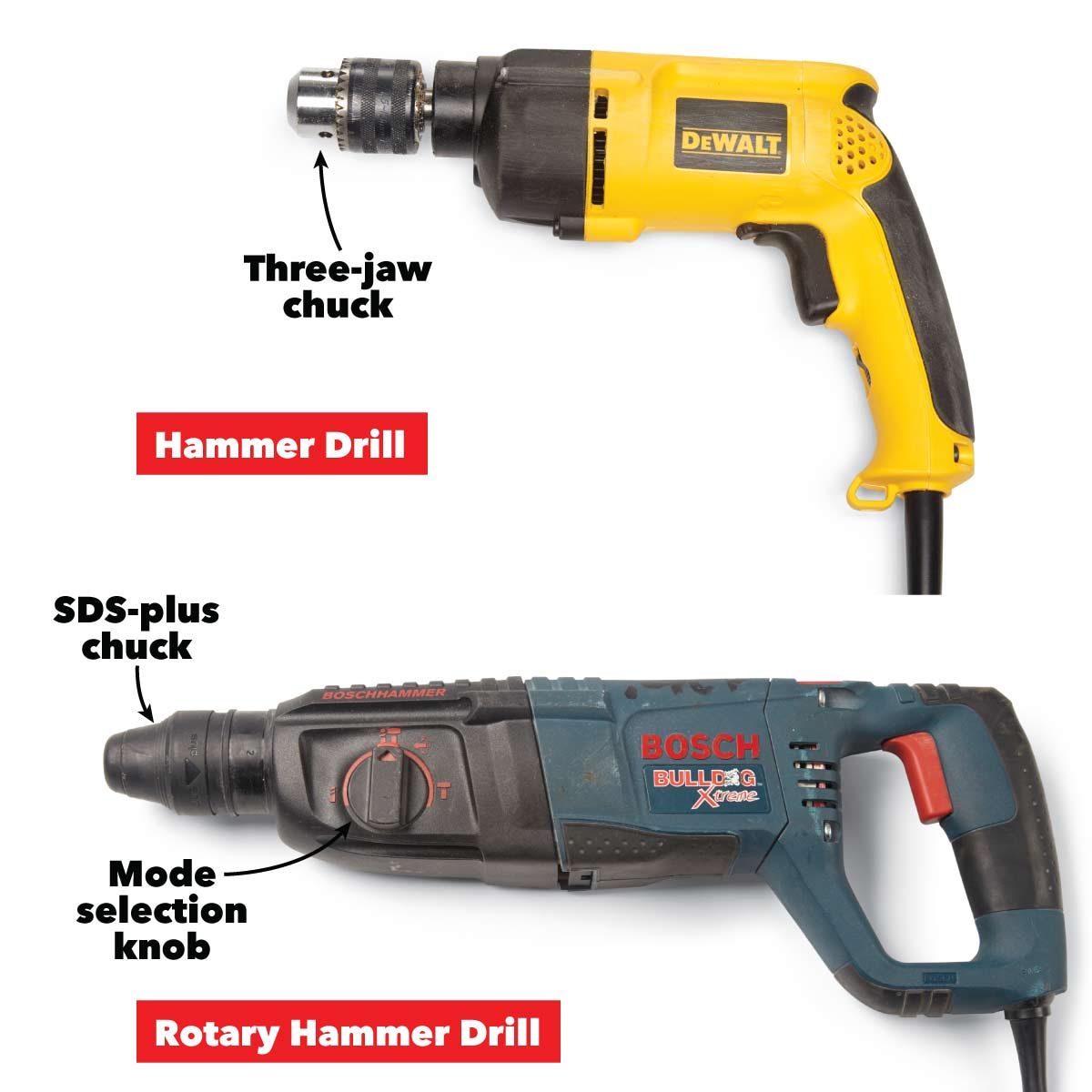
A rotary hammer – the more powerful of the two – can blast through masonry more efficiently and quickly. This is because it has a Special Direct System (SDS) chuck that simplifies the hammering mechanism.
Because it is stronger, it is often used with a variety of attachments such as bull points, spades, and chisels for advanced masonry work.
The easiest way to understand the basic difference between them is to consider a rotary hammer as the advanced version of a hammer drill. It is more powerful, bigger, more expensive, and used exclusively by construction workers.
How to Choose a Hammer Drill?
Basics? Done. Features? Done. Comparison? Done.
And now it’s time to find out the best hammer drill.
Here is a series of questions and answers that will help you understand if you really need it. Make sure you go through each question to understand what to expect when you finally go drill hunting.
Do I Really Need a Hammer Drill? Is It Worth It?
If you are an advanced user whose projects involve masonry work and drilling through harder materials, then yes.
To save time and get jobs done quickly are why engineers use a hammer drill. The same applies if you are a DIYer focused on construction projects that require you to drill long holes in concrete and stone.
Investing in a hammer drill then becomes totally worth it because you save a lot of time and effort.
What Type/Size Should I Buy?
Other than the features that we listed above, it depends on your own preferences.
Most corded hammer drills come in a default size that is capable of generating enough power to blast through concrete and tile.
If you opt for cordless models, the size will be a bit larger.
According to our in-house experts, the DeWALT DWD520K is the best hammer drill for brick and other hard materials. The Makita XPH07Z comes second despite it being cordless.
If you are into heavy-duty projects, go for Bosch 36V for uncompromised drilling.
If you are looking for a small hammer drill, then we recommend the DeWALT DWE5010.

The best way to decide is to list down your most important feature requirements and then skim through our buyer’s guide.
Can I Use It As a Regular Drill?
Yes. You can use it as a regular drill. In fact, most modern hammer drills have a switch for this very purpose.
However, make sure you change the drill bits as per the application.
Cord or Cordless?
As noted above, both types have their own pros and cons.
But, it all comes down to this: if you need to move around a lot and travel frequently with your toolkit, get a cordless one and additional pairs of batteries.
If you want to trade portability with more power and RPM, go with corded versions.
The Makita XPH07Z is the best cordless hammer drill in the market.

What is the Best Hammer Drill for me?
The ideal model for you will simplify your drilling-based project activities and save you a lot of time and energy.
Hammer drills basically exist to help you fasten the process of drilling a hole on a harder material’s surface. There might be other ways to do this but they are the best tools for the job.
However, if you intend to put your hammer drill to good use, daily and not just once in a while, we would recommend our top three choices: The DeWALT DWD520K, the DeWALT DWE5010, and the Makita XPH07Z.

For more information on the best hammer drills in the market, consider our hammer drill reviews here.
What are a Few Things to Know before Buying?
Here’s a list of things you need to know to become a seasoned hammer drill user:
- You will have to use different drill bits for different surfaces
- Certain hammer drills are only heavy-duty and may not be suitable for general-purpose drilling
- They consume more power, are extremely bulkier, and more expensive than regular drills
- Some hammer drills can be fitted with special attachments (examples by Bosch) like chisels and spades for advanced drilling.
Conclusion
We decided to create this short buying guide on the basis of countless responses that we get daily from engineers and technicians around the world who are continuously trying to simplify their projects with the use of advanced technology.
A hammer drill may not be a new technology but it still a niche product, compared to the more popular regular drill. This is why it is all the more important to know the basics before you spend a few hundred dollars on it.
We hope you found this guide ultra-helpful and will consider our recommendations for your purchase.
Let us know what you feel about this or just ping us any doubts that you may have. We love chatting and sharing first-hand experiences with our readers.

